Park Drives
Central Park was designed and executed before the advent of the automobile and had four separate sets of paths for passage through the park: pedestrian paths, bridle paths, carriage drives and transverse roads. The carriage drives were used for the carriages of wealthy patrons as a social event to see and be seen.
Automobiles were first allowed in Central Park (with a permit) in 1899 in response to a protest by the Automobile Club of America. Automobiles quickly displaced horse-drawn carriages and in 1912 the parks department began paving the carriage drives with asphalt. Unlike the carriage parades of old which were social occasions, automobile drivers were simply seeking the shortest route to their destination. Calls for banning cars from the park were formally heard as early as 1924, but the age of the automobile had arrived to stay. Traffic lights were first installed in 1932.
Although a few sections of the carriage drives that connected to park exits have been converted to pedestrian paths, the current park drives basically follow the paths of the carriage drives in a jagged circle around the inside of the perimeter of the park. The drive is continuous, but the east and west sides of the drive are often referred to as East Drive and West Drive, respectively.
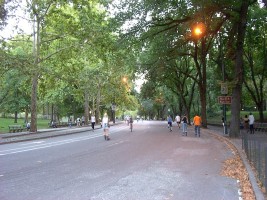
West Drive

West Drive
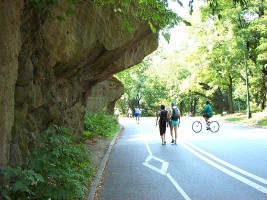
North Drive
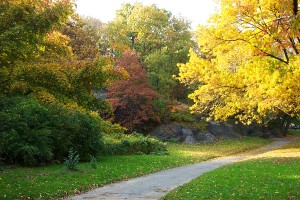
North Drive

Park Drives
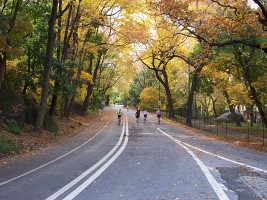
North Drive
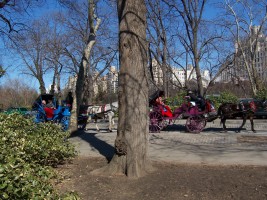
Park Drives
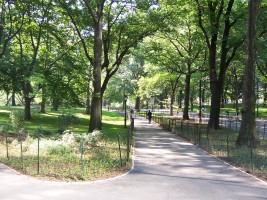
Park Drives
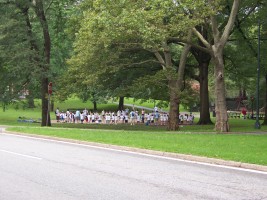
Park Drives
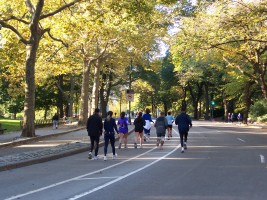
West Drive
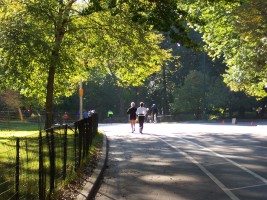
South Drive
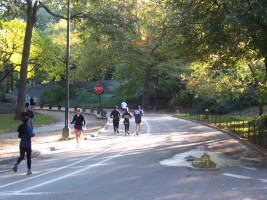
South Drive
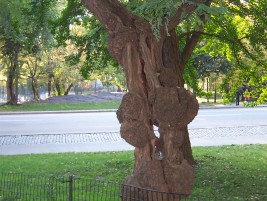
Park Drives
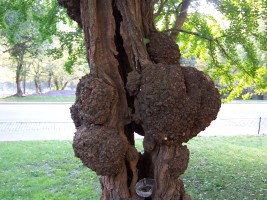
Park Drives
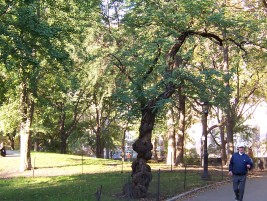
Park Drives
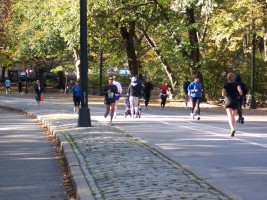
Park Drives
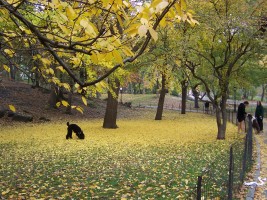
Park Drives